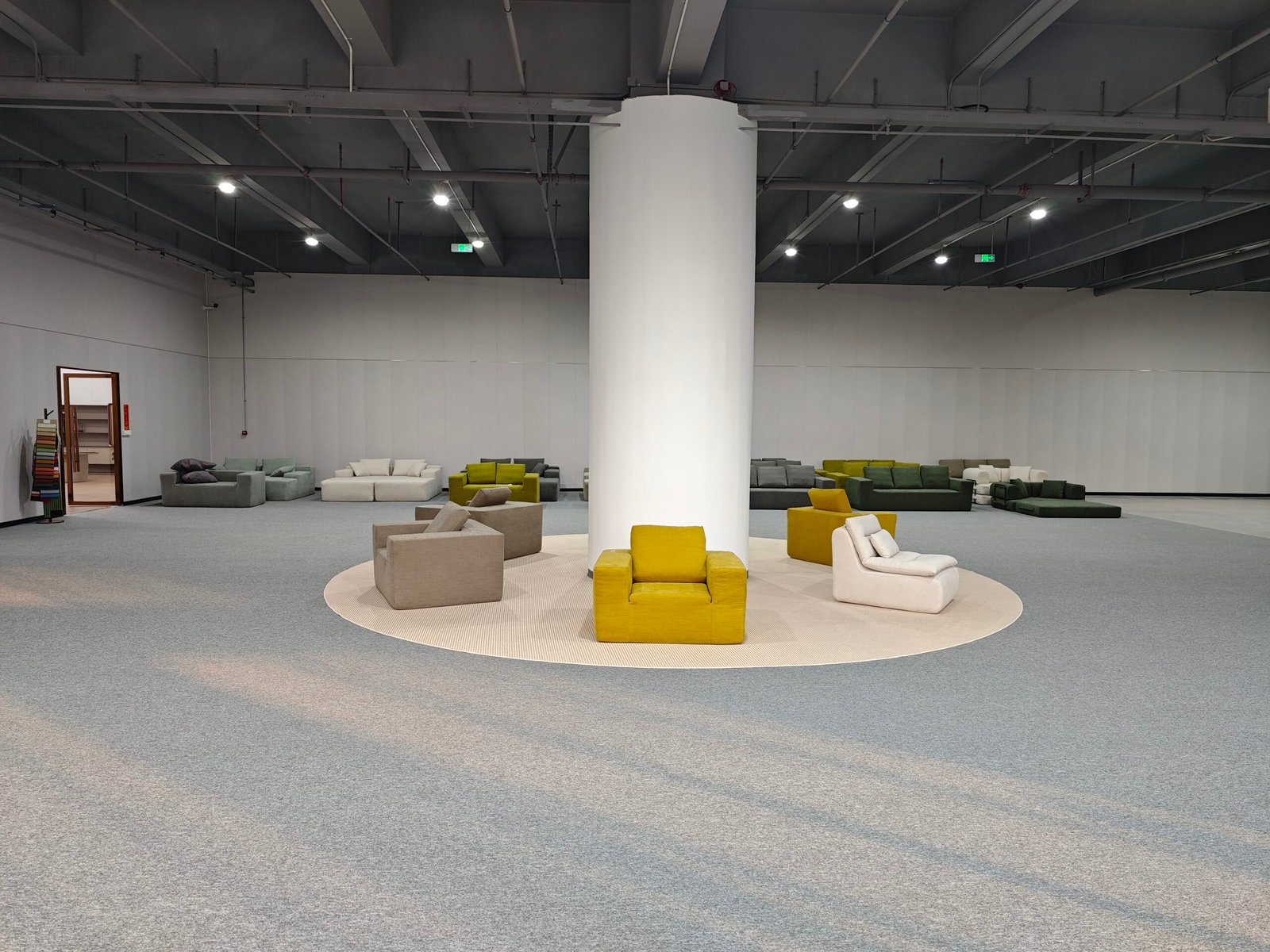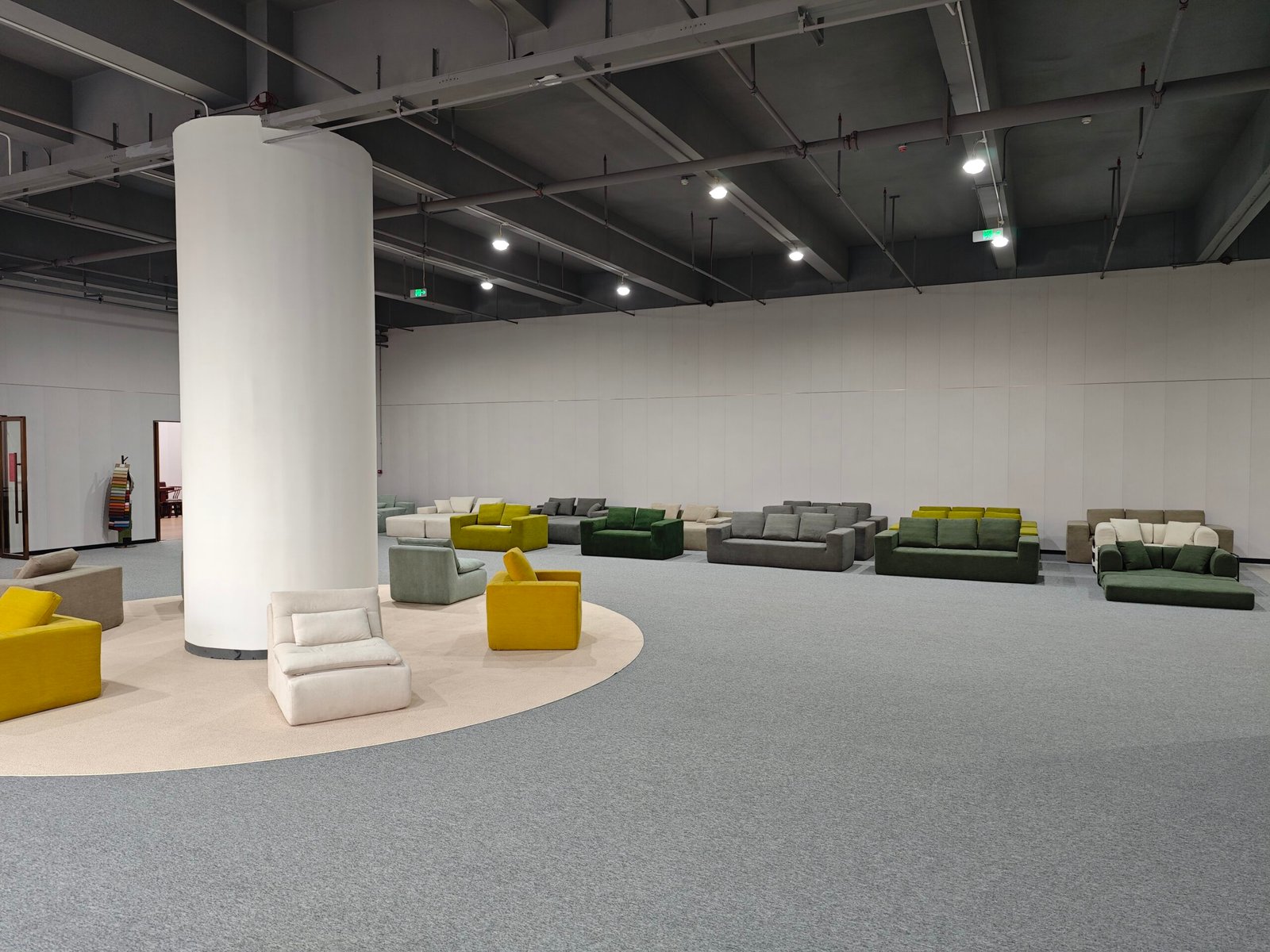
Sofa too big to move, too costly to ship, and too slow to make? These are the problems compressed sofa innovation is solving—fast.
Compressed sofa manufacturing has transformed through innovations in materials, automation, modularity, and packaging—making sofas smarter, cheaper, faster, and more eco-friendly.
From the factory floor to the customer’s living room, the way we make sofas has changed forever.
What are the latest breakthroughs in materials?

Sofa materials are no longer limited to wood, basic foam, and standard fabric. Today’s compressed sofas are built with tech-forward materials.
New material technologies allow for lighter, more durable, and more compressible designs.
Here’s what’s leading the shift:
| Material Innovation | Benefit |
|---|---|
| High-density foam | Holds shape after compression |
| Memory foam + gel layers | Adds comfort without bulk |
| Engineered plywood/metal mix | Reduces weight, improves durability |
| Recycled textiles & PET fiber | Supports sustainability goals |
These materials make it easier to compress the sofa without damaging its form—or comfort.
How has compression technology evolved?
The old days of pushing cushions into boxes are long gone.
Modern compression uses precision vacuum-sealing and roll-packing to shrink sofas by up to 70%.
- Vacuum-compression machines remove air and seal foam tightly
- Hydraulic folding arms collapse frames without weakening joints
- Protective film layers prevent material wear during shipping
This allows full-sized sofas to ship in packages small enough for standard couriers. It also opens up e-commerce and global markets.
What role does modular design play?

Innovation isn't just in how sofas are compressed—but in what gets compressed.
Modular design breaks the sofa into smaller, easier-to-pack parts: seat bases, arms, backs, and cushions.
- Tool-free assembly makes customer setup fast
- Interchangeable parts reduce factory complexity
- Swappable modules enable mass customization
For example, one production line can make a 2-seater, 3-seater, or L-shaped model—just by changing the modules sent in the box.
How has automation improved efficiency?
Compressed sofa factories are now smart.
Automation cuts labor costs, improves accuracy, and increases daily output.
- CNC cutting machines slice fabric and foam precisely
- Robotic arms assemble frame components with repeatable quality
- AI vision systems inspect products before compression
These upgrades mean fewer defects, shorter lead times, and smoother scalability when demand surges.
What about eco-friendly innovation?
Manufacturers are under pressure to reduce their footprint—and they’re rising to the challenge.
Sustainable compressed sofa production includes recycled foam, water-based adhesives, and compact packaging.
Some common green upgrades:
- Biodegradable film replaces plastic wrap
- Recycled PET used in covers and padding
- Efficient packaging reduces fuel and emissions per shipment
This not only appeals to eco-conscious buyers but also helps brands comply with tightening global environmental standards.
Are smart features being added?
Yes, smart furniture is here—and compressed sofas are no exception.
Some brands now embed USB ports, wireless charging pads, and modular tech ports right into sofa arms.
Imagine unpacking a sofa that not only fits your space but also charges your phone.
Future-ready innovations:
- Built-in speakers for surround sound
- Removable power modules for armrest charging
- Sensor pads to track posture or usage over time
This gives compressed sofas the ability to compete with tech-enabled traditional furniture—while still offering space-saving convenience.
How do these innovations reduce costs?
Every part of the manufacturing and shipping process is now optimized.
The result: lower costs per unit, faster delivery times, and less returns.
| Innovation Area | Cost-Saving Effect |
|---|---|
| Vacuum compression | Reduces packaging & shipping cost |
| Modular design | Cuts production waste and SKU overhead |
| Automation | Lowers labor dependency and error rate |
| Smart packaging design | Minimizes logistics damage and returns |
Consumers benefit too—with affordable sofas that are easy to buy online and assemble at home.
What’s next in compressed sofa manufacturing?
The industry is moving fast. Expect to see:
- AI-driven design customization: sofas made to your body type or room layout
- Fully recyclable sofas: every part reusable or biodegradable
- On-demand local production: small factories near major cities to cut delivery times
Innovation isn’t slowing down. It’s speeding up—one flat-packed sofa at a time.
Conclusion
Compressed sofa manufacturing is no longer about just saving space—it’s about reinventing how we design, build, and deliver comfort. With smarter materials, modular design, eco-friendly processes, and automation, the future of sofas fits in a box—and fits your life better than ever.